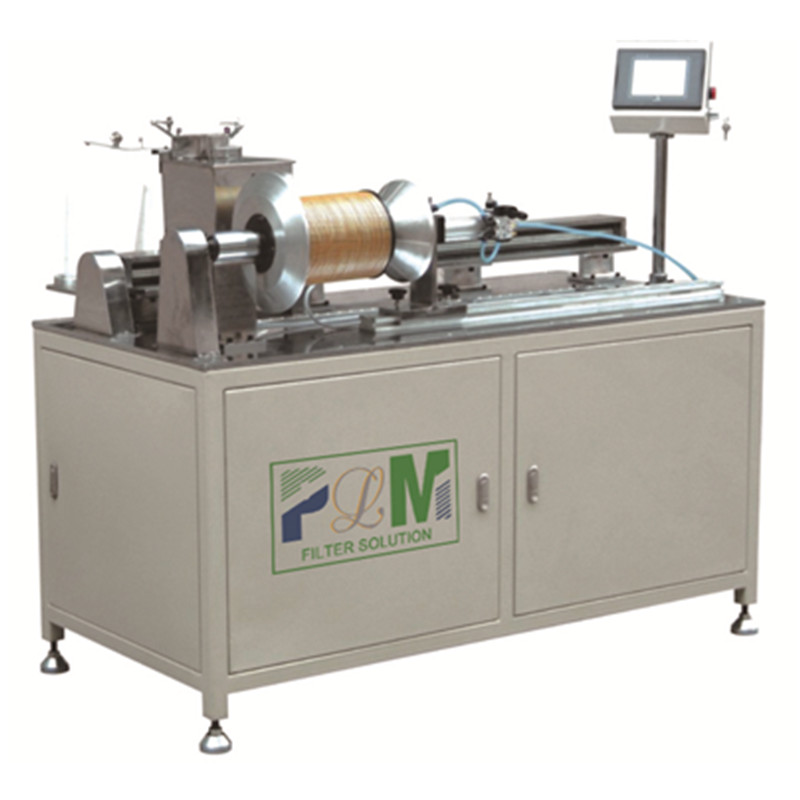ਦਸੰ. . 18, 2024 20:35 Back to list
Exploring Innovative Solutions for Water Treatment Challenges in China
Water Treatment in China Challenges and Innovations
Water treatment has become a critical issue in China as the country strives to tackle severe water pollution and ensure the availability of safe drinking water. With a population exceeding 1.4 billion and rapid industrialization, the demand for clean water has skyrocketed. This article explores the challenges faced by China in water treatment, the innovations being implemented, and the path toward sustainable water management.
Challenges in Water Treatment
One of the predominant challenges in water treatment in China is the legacy of industrial pollution. Many rivers and lakes have been contaminated by decades of unregulated discharge of industrial waste. According to the Ministry of Ecology and Environment, about 50% of China's rivers are not suitable for drinking or even fishing. Heavy metals, organic pollutants, and pathogens are prevalent in many water bodies, posing severe health risks.
In addition to industrial pollution, agricultural runoff has exacerbated water quality issues. The use of pesticides and fertilizers has led to nutrient pollution, resulting in algal blooms that deplete oxygen in water bodies and threaten aquatic life. Groundwater, which serves as a primary source of drinking water for many rural communities, is also under attack from pollution and over-extraction, leading to alarming levels of contamination.
Government Actions and Regulations
Recognizing the critical nature of the situation, the Chinese government has taken significant steps to address water quality issues through stringent regulations and policies. The Water Ten Plan, launched in 2015, aims to improve water quality and increase the efficiency of water resource utilization. This comprehensive plan includes measures such as enhancing sewage treatment facilities, protecting watersheds, and promoting sustainable agricultural practices.
Additionally, China has invested heavily in water treatment infrastructure. According to reports, the country plans to increase the number of sewage treatment plants to ensure that wastewater is adequately treated before being discharged into water bodies. This investment not only addresses pollution but also promotes water reuse, thus extending the availability of this vital resource.
Innovative Water Treatment Technologies
china water treatment

To combat the challenges of water pollution, China has also been a leader in adopting innovative water treatment technologies. Advanced methods such as membrane filtration, biological treatment, and chemical oxidation are increasingly employed in urban wastewater treatment plants. These technologies enhance the efficiency of the treatment process and ensure that effluent meets environmental standards.
One noteworthy innovation is the development of integrated water treatment systems that combine traditional treatment methods with modern technologies. These systems can effectively remove a wide range of contaminants while minimizing energy consumption. In rural areas, decentralized water treatment systems are being deployed, utilizing solar energy and local resources, which makes water treatment more accessible and sustainable.
Furthermore, research and development in nanotechnology and bioremediation are paving the way for more effective water treatment solutions. Nanomaterials can be designed to target specific pollutants, while bioremediation utilizes microorganisms to break down hazardous substances, offering an eco-friendly approach to cleaning up contaminated water bodies.
Community Involvement and Public Awareness
To tackle water pollution effectively, community involvement and public awareness are paramount. The government has initiated several campaigns to educate the public about water conservation and pollution prevention. Engaging local communities in conservation efforts not only empowers them but also enhances the effectiveness of water management strategies.
Various non-governmental organizations (NGOs) are also working alongside the government to promote sustainable water practices. These groups often organize clean-up activities, provide educational resources, and advocate for stronger environmental protections, thereby fostering a culture of stewardship for China's water resources.
Conclusion
Water treatment in China is a complex issue characterized by significant challenges and innovative responses. With the government’s commitment to improving water quality and the adoption of advanced technologies, there is hope for cleaner water sources in the future. Collaborative efforts between government, communities, and NGOs will play a crucial role in ensuring that China can achieve its water management goals and provide safe drinking water to its population. As the country navigates these challenges, the lessons learned can contribute to the global discourse on water sustainability, showcasing the importance of holistic and integrated approaches to water management.
-
High-Efficiency Paper Pleating Machine for Filters Trusted Filter Paper Pleating Machine Company
NewsJul.07,2025
-
High-Performance Oil Filter for Cadillac ATS – Reliable Engine Protection Solutions
NewsJul.07,2025
-
High Quality PU Glue for Filters – Reliable Filter Glue Supplier & Exporter Get PU Glue Quotes Now
NewsJul.07,2025
-
China PLJL-4 Seal Leakage Tester for Spin-On Filter - High-Precision Multi-Station Testing Solutions
NewsJul.06,2025
-
CE Certification Auto/Truck Filter Paper Supplier – Premium Filtration Solutions for Vehicles
NewsJul.06,2025
-
OEM PLGY-500 HDAF Mesh-Ends Hooking and Pressing Machine - High Efficiency, Precision, Reliable Performance
NewsJul.06,2025
